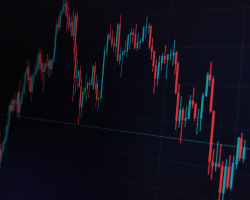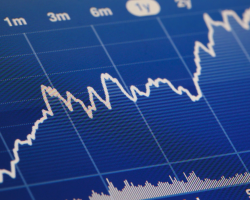Chasing Losses: The Dangerous Trap Every Trader Should Avoid
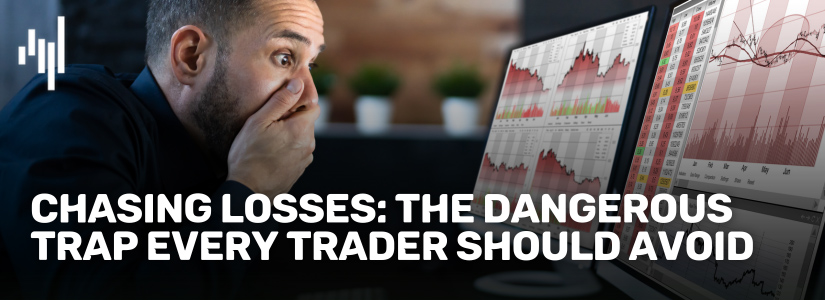
Chasing losses is one of the most common psychological traps traders fall into, especially after experiencing a string of losing trades. In an attempt to recover lost funds, traders often find themselves acting impulsively, making trades that go against their strategy, risk management rules, and market analysis. This cycle of trying to “get back to even” can quickly escalate into even greater losses, putting both short-term gains and long-term success at serious risk.
The desire to recover a loss can cloud a trader’s judgment, leading them to make decisions based on emotion rather than logic. This is particularly common among beginners, who may not yet have the emotional discipline to cope with losses. However, even experienced traders can fall prey to this behavior when they become overly focused on short-term recovery instead of sticking to their well-planned strategy.
In this article, we’ll examine why chasing losses is a dangerous habit, how it impacts your trading outcomes, and provide practical strategies to help you break free from this destructive cycle.
What is Chasing Losses in Trading?
Chasing losses refers to the behavior of making impulsive trading decisions in an attempt to recover previous losses. This often happens after a trader experiences a losing position, and instead of taking a step back and reassessing the market, they try to "win back" the lost money by taking higher risks or entering trades without proper analysis. For example, a trader who loses $200 on a trade may immediately enter another position with the hope of quickly earning back that amount, sometimes without considering whether the market conditions are favorable.
The primary issue with chasing losses is that it involves making decisions driven by emotions rather than logic. Traders under the pressure of loss often ignore their trading strategy, overlook risk management rules, and act on impulse. This creates a dangerous environment for poor decision-making, leading to a higher likelihood of further losses. Additionally, when recovery becomes the main focus, the trader may overlook proper risk management or attempt to trade too aggressively.
Consequences of Chasing Losses
The immediate consequences of chasing losses are often evident in the form of further financial losses. As emotions take the lead, traders may take on excessive risk in their next trades, hoping to recover all at once. This often results in a chain reaction: one loss leads to another, escalating the situation instead of providing the hoped-for recovery.
In the long term, this behavior can result in more than just monetary loss. It leads to emotional exhaustion and can severely damage a trader’s confidence and mindset. Continuously chasing losses can also lead to significant deviations from a trader’s original strategy and plan, eroding the discipline required for sustained profitability. When emotional trading becomes a habit, it compromises decision-making ability, making it more difficult for the trader to differentiate between sound opportunities and risky, impulsive choices.
Also read: Crafting a Resilient Path to Trading Success: The Top Ten Money Habits Every Trader Should Embrace
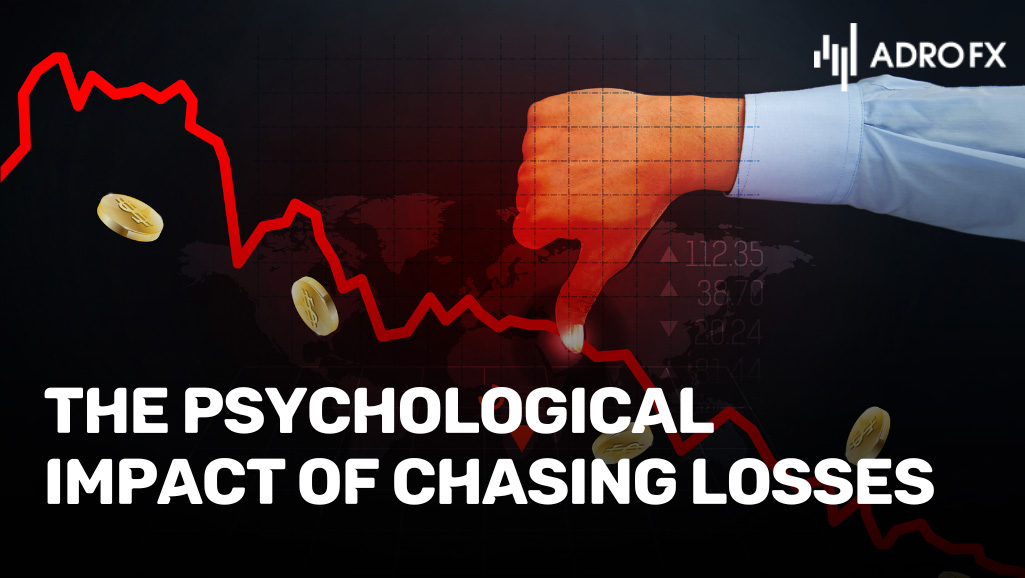
The Psychological Impact of Chasing Losses
Chasing losses is often driven by powerful emotions like fear, frustration, and greed. When a trader experiences a loss, it can trigger a sense of urgency to recover the lost capital, leading to an emotional response rather than a rational one. Fear of losing more money, frustration with the market, or the desire to “win back” what’s been lost can confuse a trader’s judgment and lead them to act impulsively. These emotions often override sound trading strategies and risk management rules.
When emotions take the lead, rational thinking takes a back seat. Emotional decision-making causes traders to ignore the analysis that led them to enter the trade in the first place, and they may start to make trades based on what feels right in the moment, not what makes logical sense. This can result in impulsive trades that don’t align with market conditions or trading strategies, increasing the likelihood of further losses.
The psychological toll of chasing losses extends beyond individual trades. Over time, this behavior can erode a trader’s confidence and mindset. Constantly trying to recover losses can lead to anxiety, stress, and burnout, which further impacts decision-making. A trader who repeatedly chases losses may start to lose trust in their own judgment, making it harder to stick to a strategy in the future. This can create a vicious cycle where emotional trading becomes more difficult to break and continues to undermine long-term success.
How Chasing Losses Affects Your Trading Performance
Chasing losses doesn’t just impact your mental state - it also directly undermines your trading performance. The drive to recover quickly can lead to poor decision-making, misaligning your trades with your original plan and strategy.
Impact on Strategy
One of the most significant consequences of chasing losses is that it causes traders to deviate from their original strategy. The fear of further losses may push traders to abandon their trading rules or take risks that don’t fit their overall approach. When traders act impulsively, they may abandon important risk management principles, such as Stop Loss orders or position sizing. This results in trades that are based on emotion, not analysis, jeopardizing the integrity of the trading plan and increasing the potential for more significant losses.
Capital Erosion
The cycle of chasing losses can quickly erode capital, causing a trader to incur much larger losses than they initially experienced. When traders try to recover from losses by taking bigger risks, the potential for further loss grows exponentially. Instead of strategically managing risk and allowing for gradual recovery, traders may find themselves in a more precarious financial situation, draining their capital and making it even harder to recover.
Missed Opportunities
Finally, focusing too heavily on recovering losses can blind traders to new opportunities in the market. In their rush to “get even,” traders may overlook well-timed, profitable trades that align with their strategy. The obsessive focus on recovery can distract from analyzing the market objectively and prevent traders from capitalizing on fresh opportunities that would be more beneficial in the long run.
Also read: Maximizing Trading Performance: Strategies to Overcome Distracting Factors
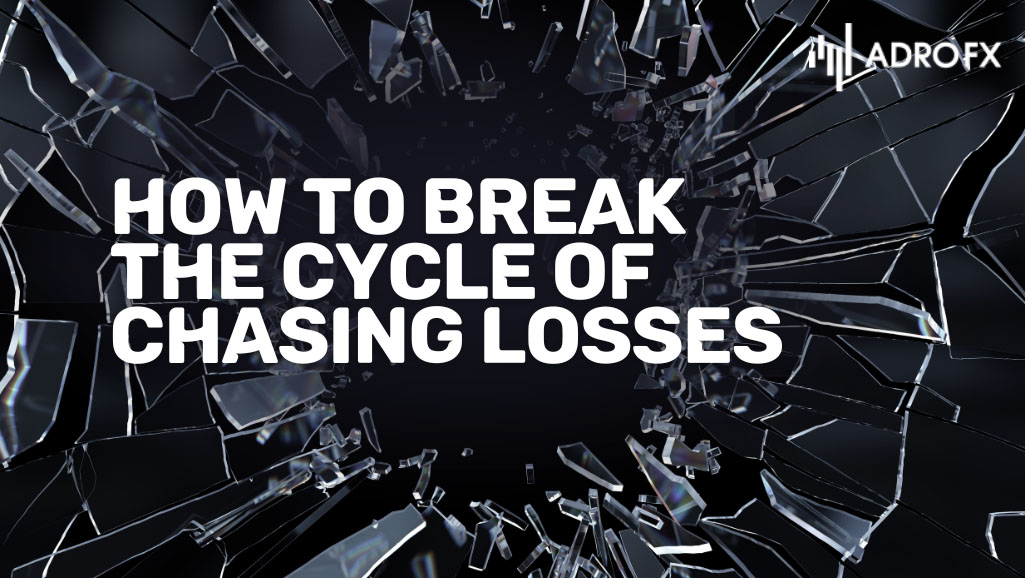
How to Break the Cycle of Chasing Losses
Chasing losses is a dangerous cycle that can undermine your trading success, leading to impulsive decisions, increased risks, and financial damage. However, with the right strategies and mindset, you can break free from this habit and become a more disciplined, effective trader. Here are actionable tips to help you avoid chasing losses and maintain control over your trading decisions.
Stick to a Trading Plan
A solid trading plan is essential for avoiding emotional mistakes, including chasing losses. Without one, it's easy to make rash decisions when market movements trigger emotional reactions. A good trading plan should include risk management strategies, trading goals, entry and exit points, and guidelines for emotional discipline. Before entering any trade, especially after a loss, take time to review your plan. Having this structure in place helps you resist the temptation to chase losses and make impulsive decisions.
Set Realistic Expectations
Unrealistic expectations can lead to disappointment and emotional trading. Expecting every trade to be profitable or hoping to recover losses quickly sets you up for failure. Recognizing that losses are part of trading and setting achievable goals will help you maintain a rational mindset. Instead of seeking instant results, focus on consistent profitability and improving your strategy over time. This mindset shift will make you less likely to act impulsively when facing losses.
Practice Emotional Control
Emotions like fear, greed, and frustration often drive the urge to chase losses. To break this cycle, develop emotional control. Techniques like mindfulness - taking a moment to breathe and reflect - can help you gain clarity before making decisions. Taking breaks during emotional moments also provides space to reset and reassess the market objectively. Staying composed, even after losses, will help you avoid the impulse to act based on emotions.
Use Stop Loss Orders
Stop Loss orders are invaluable for limiting losses and curbing the urge to chase them. These orders automatically close your position once a predetermined loss level is reached, keeping you aligned with your risk management plan. By using Stop Loss orders, you avoid holding onto losing trades in hopes of a quick recovery and prevent impulsive actions like opening new trades to make back losses. Setting Stop Loss levels in advance ensures you remain disciplined and avoid emotional decision-making.
Focus on Long-Term Strategy
Breaking free from the cycle of chasing losses requires focusing on long-term profitability instead of short-term recovery. The desire to recover quickly often clouds judgment and leads to further mistakes. Instead, concentrate on developing and refining your overall trading strategy. Consistency over time, rather than trying to recover each loss, is key to trading success. By prioritizing long-term growth, you'll be able to navigate losses without being swept up in emotional reactions.
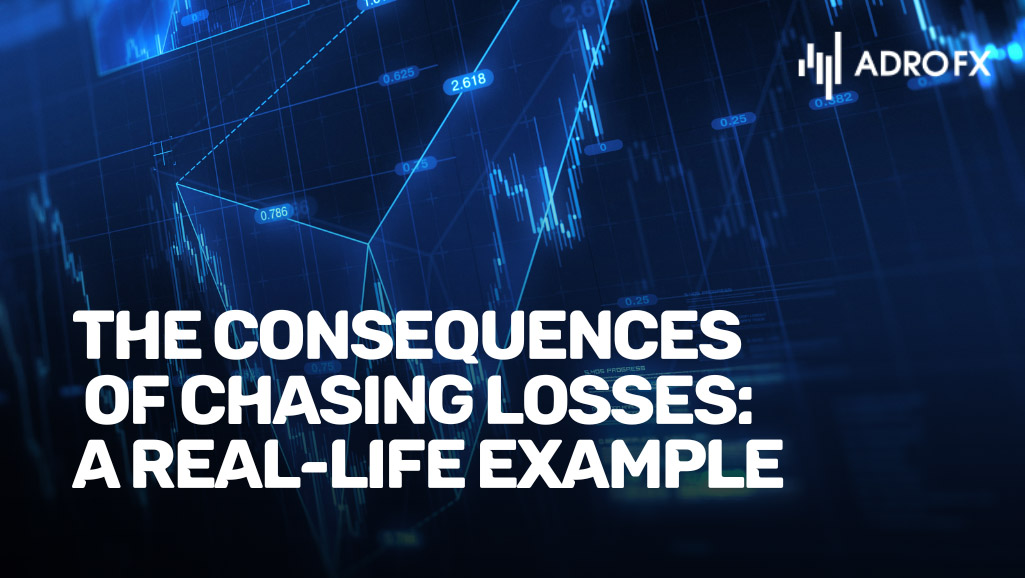
The Consequences of Chasing Losses: A Real-Life Example
Let's look at the case study to get a better idea of the influence of chasing losses in trading.
James, a retail trader, had been experiencing steady profits for several months. Confident in his abilities, he took a large position on a currency pair, expecting a favorable move. However, the market quickly moved against him, and his trade resulted in a small loss. Rather than adhering to his risk management plan, James decided to double down, believing that a quick recovery was within reach.
Unfortunately, this decision set off a dangerous cycle. Each time a trade went wrong, he impulsively entered another position, convinced that one big win would recover his losses. Instead of addressing his initial mistake with a calm, rational mindset, James kept increasing his exposure to the market, hoping for a turn in his favor. As the losses mounted, his account quickly began to deplete, and his trading decisions became increasingly reckless.
What started as a manageable loss soon spiraled into a much larger financial setback. Not only did James face significant capital erosion, but he also suffered from severe emotional and psychological strain. His confidence in his trading strategy diminished, and his mindset shifted from one of disciplined decision-making to reactive and impulsive actions. The cycle of chasing losses wore him down both mentally and financially.
James’ experience underscores the dangers of chasing losses. When emotions like fear and frustration take over, it becomes easy to make impulsive decisions that only deepen the losses.
The crucial lesson from his story is the importance of sticking to a well-thought-out trading plan, managing expectations, and utilizing effective risk management strategies. By doing so, traders can break free from the temptation of chasing losses and make more informed, disciplined decisions moving forward.
Also read: Investment Risks and Effective Risk Management | What Investors Need to Know
Conclusion
Chasing losses is one of the most harmful trading mistakes you can make. It leads to emotional trading, poor decision-making, and, ultimately, financial ruin. However, by adopting a disciplined approach, setting realistic goals, and focusing on long-term success, you can avoid this destructive cycle.
The key to trading success lies in emotional control and sticking to a solid strategy. If you can maintain your discipline, even in the face of losses, you’ll be able to recover steadily and avoid the pitfalls that lead to chasing losses.
Ready to break free from the cycle of chasing losses? Explore our resources at AdroFx, and start practicing with a demo account today to improve your trading psychology and strategies.
About AdroFx
Established in 2018, AdroFx is known for its high technology and its ability to deliver high-quality brokerage services in more than 200 countries around the world. AdroFx makes every effort to keep its customers satisfied and to meet all the trading needs of any trader. With the five types of trading accounts, we have all it takes to fit any traders` needs and styles. The company provides access to 115+ trading instruments, including currencies, metals, stocks, and cryptocurrencies, which make it possible to make the most out of trading on the financial markets. Considering all the above, AdroFx is the perfect variant for anyone who doesn't settle for less than the best.

